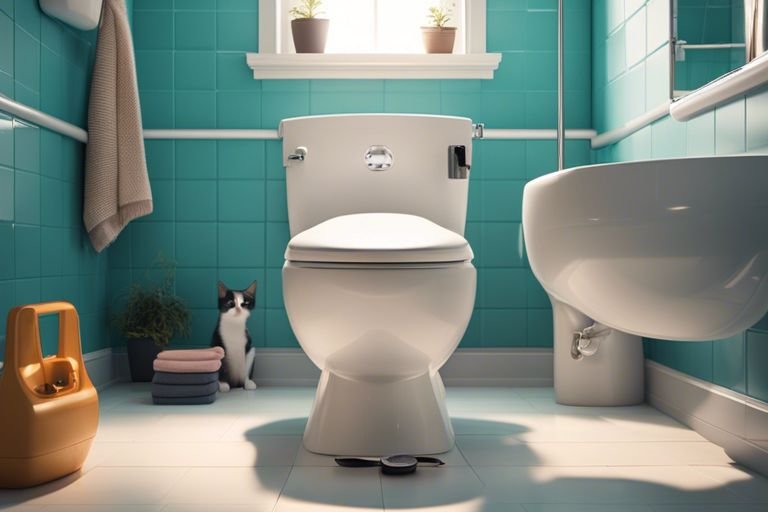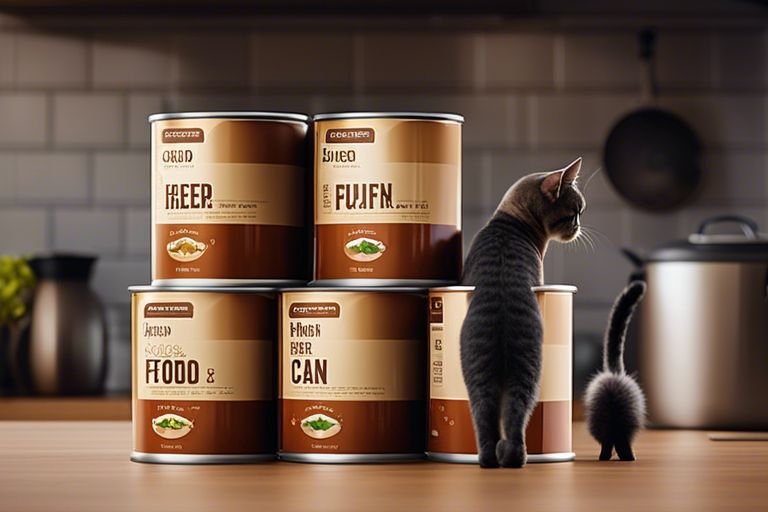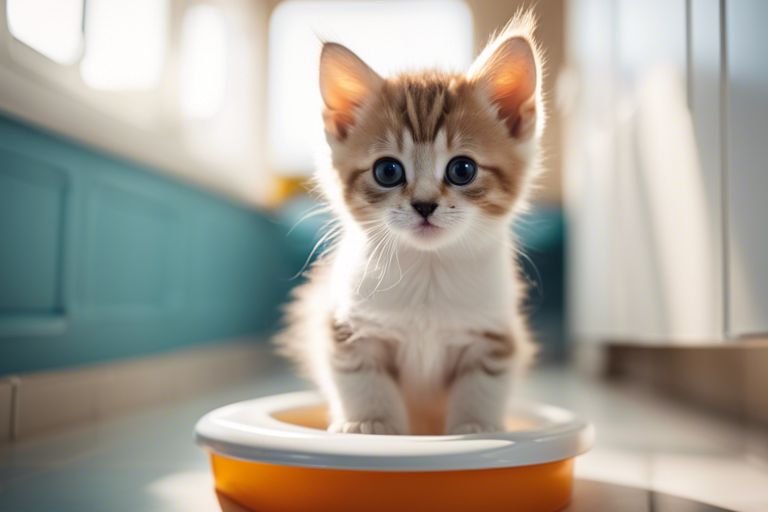No More Mess – The Ultimate Guide To Cat Potty Training Perfection

Cat owners, rejoice! This comprehensive guide is your ultimate solution to achieving cat potty training perfection with your feline companion. Say goodbye to messy litter boxes and hello to a spotless home with our expert tips and techniques. From understanding your cat’s behavior to step-by-step training methods, we’ve got you covered. Prepare to commence on a journey towards a cleaner and more harmonious living environment with your beloved cat. Let’s pave the way to a mess-free future together!
Key Takeaways:
- Start Early: It is important to start the potty training process when your cat is still young, as they are more receptive to learning at a young age.
- Use Positive Reinforcement: Reward your cat with treats or praise when they use the litter box correctly to encourage good behavior.
- Patience is Key: Potty training a cat takes time and consistency, so be patient and do not get discouraged if there are setbacks along the way.
- Proper Litter Box Placement: Place the litter box in a quiet and easily accessible area for your cat, away from their food and water bowls.
- Cleanliness is Essential: Keep the litter box clean by scooping it daily and regularly changing the litter to ensure your cat continues to use it.

Types of Cat Potty Options
There’s a wide range of cat potty training options available for your feline friend. Understanding the different options can help you choose the best fit for your cat’s needs. Knowing the variety of choices will enable you to make an informed decision that suits both you and your cat.
| Traditional Litter Boxes | Self-Cleaning Litter Boxes |
| Natural and Eco-Friendly Alternatives | Toilet Training Kits |
Traditional Litter Boxes
Assuming your cat is comfortable with a basic set-up, traditional litter boxes are a reliable choice. These boxes are easy to maintain and come in various sizes and styles to suit your cat’s preference.
Self-Cleaning Litter Boxes
Now, self-cleaning litter boxes offer a convenient solution for busy cat owners. These automated boxes reduce scooping and odor, providing a cleaner environment for both you and your cat. This innovative technology saves time and ensures your cat’s litter box is consistently fresh.
Natural and Eco-Friendly Alternatives
Little did you know that there are natural and eco-friendly alternatives to traditional litter. Options like recycled paper pellets, pine litter, or corn-based litter are biodegradable and safer for the environment. These alternatives are gentle on your cat’s paws and reduce the carbon footprint of your furry friend.
Toilet Training Kits
With toilet training kits, you can gradually teach your cat to use the toilet instead of a litter box. Plus, this method eliminates the need for litter altogether, saving you money and reducing waste. Though it requires patience and consistency, toilet training kits are a sustainable and sanitary option for cat owners.

Factors in Successful Cat Potty Training
Many factors contribute to successful cat potty training. Recognizing the importance of age, adaptability, consistency, routine, choice of litter, and addressing behavioral issues can make the training process smoother and more effective. For those looking to simplify the process, the CitiKitty Cat Toilet Training Kit is a popular option.
Age and Adaptability
On the journey to successful cat potty training, understanding your cat’s age and adaptability is key. Younger cats may pick up new habits more quickly, while older cats may require more patience and persistence.
The Role of Consistency and Routine
Now, let’s talk about the role of consistency and routine in cat potty training. Cats thrive on consistency, so establishing a regular schedule for feeding and litter box cleaning will help them develop good bathroom habits.
Choosing the Right Litter and Location
Adaptability plays a crucial role when choosing the right litter and location for your cat’s litter box. Training your cat to use a specific type of litter in a designated spot can help prevent accidents and make the process smoother.
Addressing Behavioral Issues
To ensure successful cat potty training, addressing behavioral issues is crucial. Understanding the role of behavior in your cat’s bathroom habits can help you identify and rectify any problems that may arise. Behavioral issues such as stress, anxiety, or territorial marking can impact your cat’s litter box usage.

Step-by-Step Guide to Potty Training Your Cat
| Step | Description |
| 1 | Preparing the Right Environment |
| 2 | Introducing the Litter Box |
| 3 | Gradual Transition to Toilet Training |
Preparing the Right Environment
While initiateing on the journey of potty training your cat, the first step is to ensure that you create a suitable environment for successful training. Choose a quiet and accessible location for the litter box, away from noisy appliances or high-traffic areas. Make sure the litter box is large enough for your cat to comfortably move around in and that it is regularly cleaned to promote good hygiene. Additionally, consider using unscented litter to avoid overwhelming your cat’s sensitive nose.
FAQ
Q: Why is cat potty training important?
A: Cat potty training is important to ensure a clean and hygienic living environment for both you and your cat. It also helps prevent indoor accidents and eliminates the need for messy litter boxes.
Q: Is it possible to potty train a cat?
A: Yes, it is possible to potty train a cat with the right techniques and consistency. Cats are intelligent animals and can be trained to use a toilet instead of a litter box.
Q: How long does it typically take to potty train a cat?
A: The time it takes to potty train a cat can vary depending on the cat’s age, temperament, and previous litter box habits. On average, it can take anywhere from a few weeks to a few months to fully potty train a cat.
Q: What are some common mistakes to avoid when potty training a cat?
A: Some common mistakes to avoid when potty training a cat include moving too quickly through the training process, not providing positive reinforcement, and not maintaining a consistent routine. It’s important to be patient and consistent during the training process.
Q: Are there any tips for successful cat potty training?
A: Some tips for successful cat potty training include using a designated toilet seat for your cat, providing rewards for good behavior, and keeping the training area clean and inviting. Consistency, patience, and positive reinforcement are key to successful potty training.




